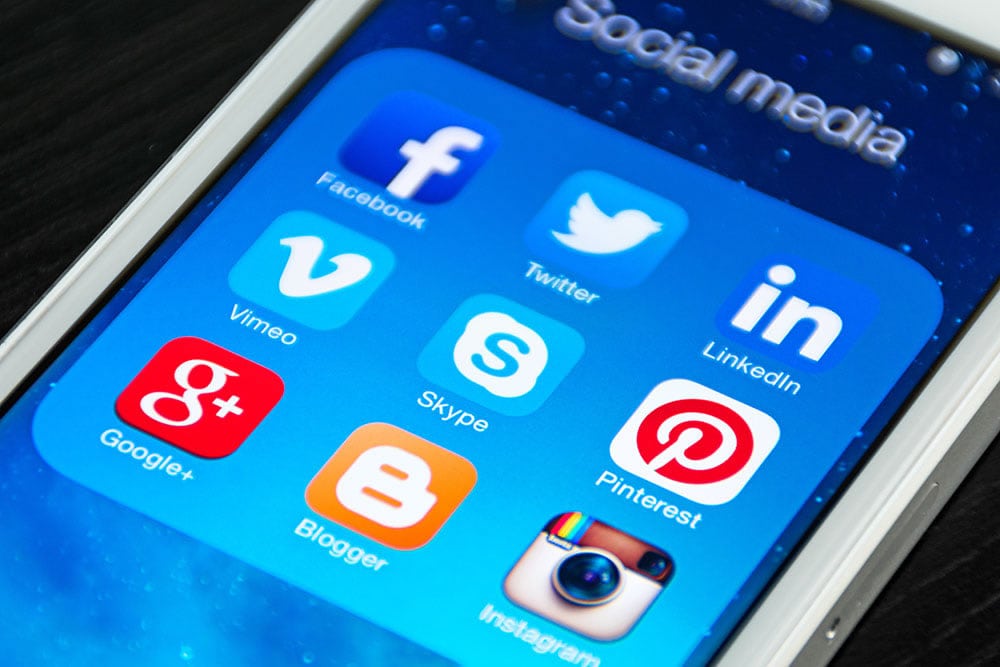Most people have heard of the media platform Pinterest but many have not actually used it before. Understanding the website and embracing it is quite a feat for some companies, and the NHS has had a bit of a hit and miss experience with it themselves. Nevertheless there is more potential in Pinterest then some people think.
How does the website work? To quote Pinterest themselves, “it all starts with a pin”. Users can upload images and other content – known as pins – to a collection known as a pinboard. The pin acts as a ‘visual bookmark’ that, if you click on it, will take you to the website where the content came from, so you can find out more. You can add these pins to a board on your profile that can be named by a subject or interest area.
Pinterest is not only for an individual user but it’s also used by businesses to promote and even sell products or services. Organisations also use the platform to inform target audiences.
Pinterest is the fastest growing content-sharing platform among the major social media platforms, even though it sits at the bottom of the user leader board, with only 70 million users. This is compared to Facebook, Twitter, Instagram, Google+ and LinkedIn, where the number of users range from 290 million to 1.5 billion. (More information from this infographic)
There is a lot of potential for healthcare technology companies to promote via Pinterest. There are many medical-themed accounts and pinboards that could be used to target a particular audience, such as those interested in using health apps as part of care, or with a broader interest in digital health. The chief aim is to increase your number of followers, and have them engage with your content by sharing it through their own accounts.
However Pinterest requires dedication. You need to post daily and create interesting, interactive and creative content. If you find you are not getting the response from your target audience, either change your angle or take your account down.
The NHS has three separate accounts on Pinterest: NHS Choices with 653 followers; NHS England with 182 followers; and NHS Improving Quality with 368 followers. These profiles are providing a prime example of how to and how NOT to use Pinterest.
The first two are, in my opinion, the most commonly used and known names within the general public, yet both profiles have been inactive in over a year! Even more shockingly, the NHS England website still has the Pinterest icon on their website that leads to their account. It begs the question, what is the point?
However, the third account, NHS Improving Quality, has a lot of content and is posting every day. It is providing information and content to all areas of the general public. But in my opinion it needs to increase the number of followers. This may be because the profile name is not as well-known as, say, NHS Choices.
The next step is starting your own account, and understanding that Pinterest is not as daunting as you think. You have to be patient and give it the time and effort like you would with any other social media platform.
Remember to keep it visual. Using infographics and eye catching photos works well. You can find some on the internet or other Pinterest boards, and you could even have a go at attempting to create the content from scratch yourself. Also keep it interesting and relevant to your audience.
Don’t be scared, you have nothing to lose and you never know you could get some clients/customers out of it!


